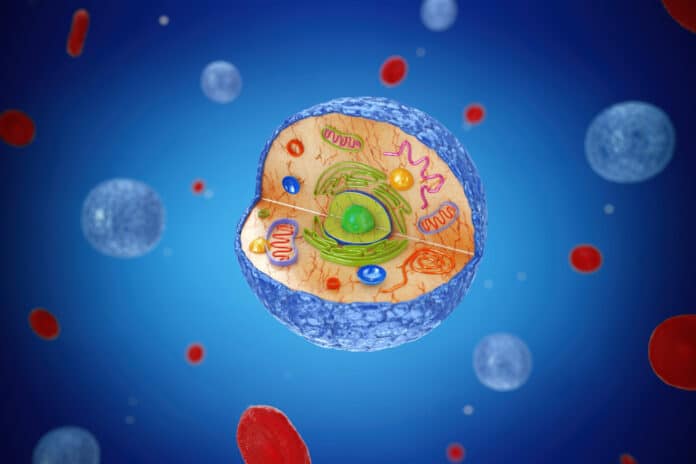Mitochondrial diseases, a group of debilitating disorders stemming from mitochondrial dysfunction, have long posed significant challenges to medical treatment. Traditionally, options have been limited to symptom management rather than addressing the root causes. However, a recent breakthrough in mitochondrial research has breathed new life into the field. Scientists have made a surprising revelation: a crucial protein in the mitochondria serves a second, previously unknown role.
This discovery has opened up exciting possibilities for developing targeted treatments that could tackle mitochondrial diseases at their core. This article explores the emerging research surrounding this protein’s dual function and its potential implications for managing mitochondrial diseases. We offer hope for a brighter future for patients and their families in their battle against these debilitating conditions.
A crucial protein with dual functions has been discovered in mitochondria, the tiny cellular powerhouses responsible for converting food and oxygen into vital energy. This protein is critical in packing massive DNA strands into small cells. It acts as a cleaner, removing damaged genetic material. This breakthrough can potentially aid in detecting mitochondrial diseases, which can lead to brain damage and organ failure.
Mitochondrial DNA is less explored than nuclear DNA. Yet, it has been linked to various conditions, including cancer and aging, making this discovery a significant step toward understanding and managing these complex disorders.
In Zhao’s laboratory, at University of California-Riverside, research focuses on understanding how mitochondria repair or remove damaged bits of DNA caused by internal chemicals or external environmental factors. Through a series of studies, they discovered that a specific protein, TFAM, plays a key role in this cleansing process. Despite TFAM’s well-known function of packaging DNA into mitochondria, the team was surprised to find that it also acts as molecular scissors, cutting damaged DNA when it encounters lesions called AP sites.
Additionally, TFAM signals the cell to break down further and eliminate unhealthy genetic material. This groundbreaking discovery has been published in the journal ACS Chemical Biology and featured as a cover article, shedding light on TFAM’s surprising dual function.
DNA damage is a common occurrence, with scientific estimates suggesting that as many as 100,000 AP sites form inside each cell in the body daily, affecting both the mitochondria and the nucleus. Recent research has revealed that TFAM molecules bound to AP sites are crucial in signaling the mitochondria to discard damaged DNA and replicate healthier molecules. Furthermore, the study provides valuable chemical insights into the specific building blocks of the TFAM protein that initiate damage breakdown at AP sites.
Understanding mitochondrial function can aid clinicians in identifying issues and diagnosing mitochondrial health. Testing TFAM levels attached to DNA or the resulting DNA products from TFAM processing could help diagnose and manage mitochondrial diseases, offering hope for those affected by these conditions, as current treatments focus on symptom management and slowing disease progression.
Zhao said, “As people study more, it’s becoming clear that mitochondrial diseases are not as rare as once thought. But they are poorly diagnosed because the symptoms often overlap with those of other diseases, making them tough to recognize. Anything we can do to improve detection so that treatment can be offered earlier would be beneficial.”
Identifying critical amino acid residues within TFAM facilitating AP-lyase reactions unveils a previously unknown aspect of mitochondrial DNA maintenance. TFAM’s dual function as a DNA packager and repair enzyme highlights its significance in maintaining mitochondrial health.
The chemical insights gained from this research provide a deeper understanding of mitochondrial function and offer potential avenues for therapeutic targeting. Furthermore, the potential diagnostic applications hold great promise for individuals suffering from mitochondrial diseases, offering the hope of early detection and improved management strategies. As research in this area progresses, studying TFAM’s role in DNA repair may lead to breakthroughs in mitigating the impact of mitochondrial disorders on human health.
Journal Reference:
- Wenxin Zhao, Wenyan Xu, et al., Key Amino Acid Residues of Mitochondrial Transcription Factor A Synergize with Abasic (AP) Site Dynamics To Facilitate AP-Lyase Reactions. ACS Chemical Biology.DOI:10.1021/acschembio.3c00047.
